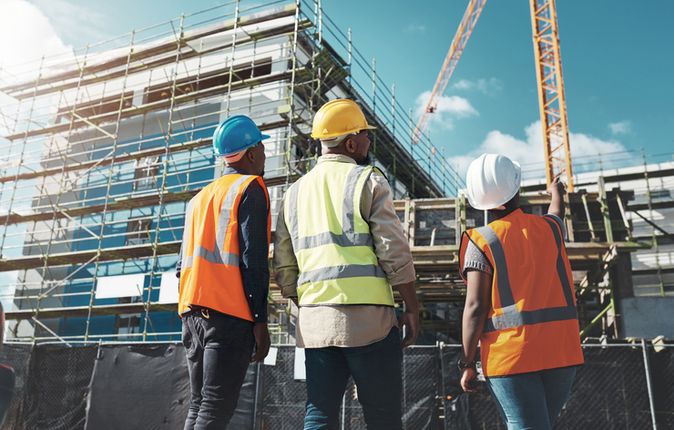As the country faces a rapidly ageing population and an ongoing housing crisis, retirement living construction activity levels are forecast to continue to lead the way in Australia in 2024.
The latest Property Council Survey reveals Australia’s retirement living industry continues to forecast strong confidence around construction activity and capital value growth over the coming 12 months.
Confidence in retirement construction activity is at its highest since March 2022, outperforming other sub-sectors, and is forecast to be greater than residential, office, retail and industrial combined.
Retirement Living Council Executive Director Daniel Gannon said while the positive sentiment around construction activity was an encouraging sign, there is still plenty more left to do if the country is going to keep pace with the housing needs of its ageing population.
“With the number of Australians over the age of 75 set to increase from two million to 3.4 million by 2040, more age-friendly housing must be supported by all levels of government,” Mr Gannon said.
“There is a planned supply pipeline of 18,000 retirement dwellings across Australia, which if successfully delivered could reduce the national housing gap by approximately 18 per cent to 2030.
“However, if industry wants to keep pace with current market penetration of over-75s, we will need an additional 49,000 units over and above what is currently in the pipeline. This could see a 67 per cent reduction in the national housing shortage,” he said.
Mr Gannon said while the survey brings a positive indication for the sector, there are still a number of variables that could place a handbrake on this much needed supply.
“There is still much uncertainty across all property sub-sectors, with construction prices, materials and labour continuing to drive uncertainty,” Mr Gannon said.
“The other variable for the retirement living sector is legislative reform, which is taking place in every corner of the country and impacting two thirds of Australia’s retirement living markets.
“If these reforms make it harder for operators to build and operate age-friendly communities, it could tighten the supply clamp at a time when confidence remains high, construction activity has a strong pipeline, and when the nation needs housing.
“Governments need to better understand that retirement villages across the country save the federal government a billion dollars every year as Australia’s population continues to age. They achieve this through better designed homes that minimise trips and falls, which means residents can experience fewer visits to the GP, shorter hospital stays and delayed entry to aged care.
“All of this reduced interaction with doctors and hospitals releases capacity back into health systems for those who need it most, when they need it most,” he said.


